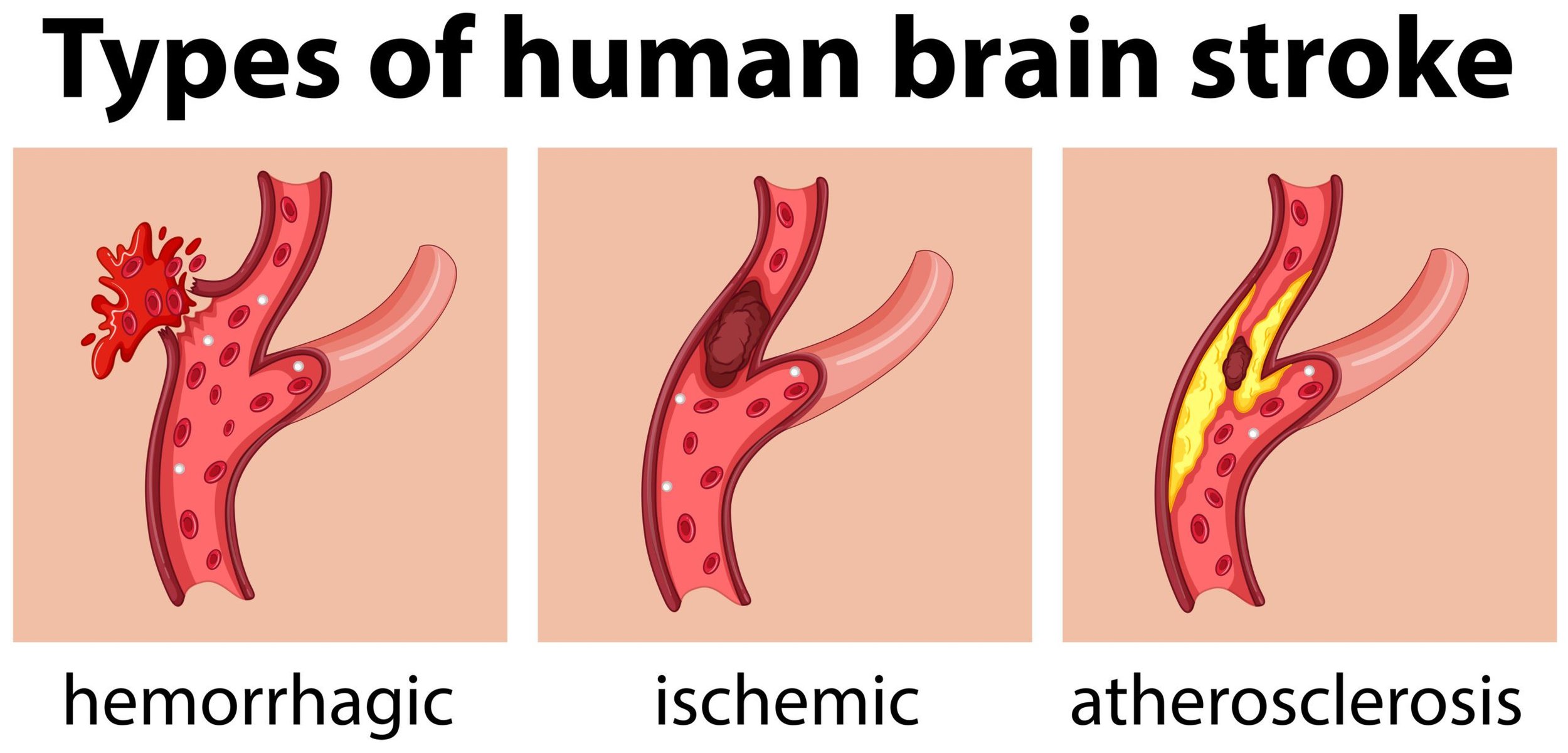Stroke
A Stroke, or “Brain Attack,” occurs when blood flow to the brain is interrupted by a blood clot or when a blood vessel bursts.
What is a Stroke?
A Stroke, or “Brain attack,” occurs when blood flow to the brain is interrupted by a blood clot or when a blood vessel bursts. This typically occurs when a blood vessel in or around the brain gets blocked or ruptures. The lack of oxygen kills brain cells in the immediate area, often causing symptoms such as weakness or numbness on one side of the body, trouble walking or talking or vision changes.
Every 40 seconds someone in the U.S has a stroke- the #1 cause of disability and #3 cause of death.
What is a TIA?
Call 911 for help if you think someone is having any of these symptoms. Treatments will need to be initiated within a few hours to be most effective. The symptoms of stroke are distinct because they happen so quickly:
Sudden numbness or weakness of the face, arm or leg (especially on one side of the body)
Sudden confusion, trouble speaking or understanding speech
Sudden trouble seeing in one or both eyes
Sudden trouble walking, dizziness, loss of balance or coordination
Sudden severe headache with no known cause
Diagnosis
As soon as a quick neurological examination is completed, the most important next step is to take a picture of the brain with a head CT scan or a brain MRI. The blood vessels going to the brain and within the brain can also be imaged using ultrasound, CT angiography and MR techniques such as an MR angiogram.
Treatment
The treatment of stroke varies greatly depending on the type of stroke, its location, the patient’s risk factors, and a host of other factors. A patient with an ischemic stroke may be treated with a clot-buster medication called tPA, which must be used within three hours of stroke onset. Patients with bleeding in the brain might benefit from some types of surgery, depending on the type of stroke and its location.
Prevention
Control of risk factors such as high blood pressure, high cholesterol, diabetes and smoking can reduce the risk of a first or recurrent stroke. To prevent ischemic strokes blood thinners such as aspirin or Plavix® are often used. In some cases, another type of blood thinner such as warfarin can be used to prevent a stroke from atrial fibrillation. Surgery or endovascular stenting of the carotid artery in the neck can be useful for stroke prevention if the artery has a significant blockage.
Risk Factors
High blood pressure is one of the key risk factors for stroke because it puts stress on blood vessel walls. Some other risk factors include age, smoking, diabetes, peripheral artery disease (PAD), heart disease, family history of heart disease or stroke, a TIA (mini-stroke), high cholesterol and atrial fibrillation (irregular heart rhythm). African-Americans and Hispanics appear to have a higher stroke risk than Caucasians. Cocaine and heavy alcohol use also increase the risk of having a stroke. Individuals with peripheral artery disease (PAD) have been shown to have a higher incidence of stroke. Atherosclerosis in the arteries can speed the clotting process that can lead to stroke. The two diseases share multiple common risk factors such as high blood pressure.
Resources
Coming Soon!
Be The Voice For Patients Like You!
Vascular Cures is inviting patients and advocates to share their stories, advise on our programs, and help us advocate for patient needs. Patients as Partners is a community where patients are heard, empowered, and encouraged to impact the health system. Learn more and request more information here.


